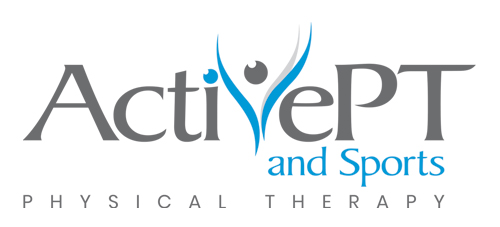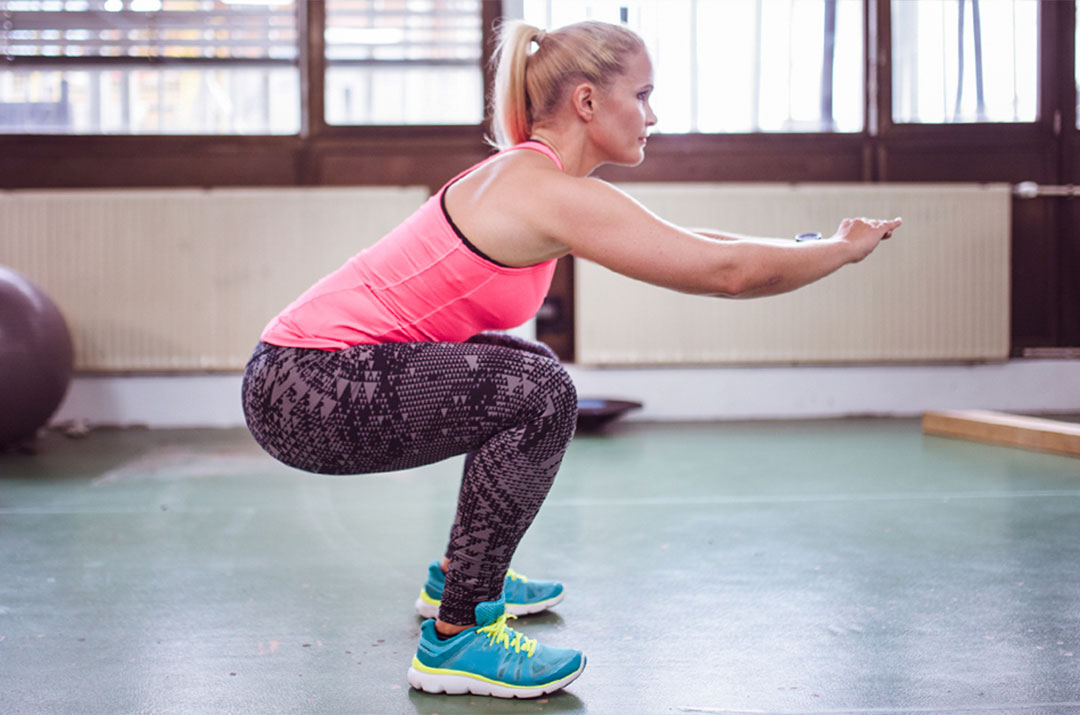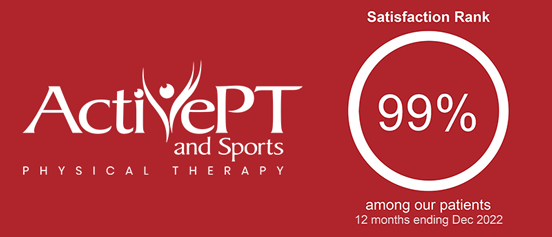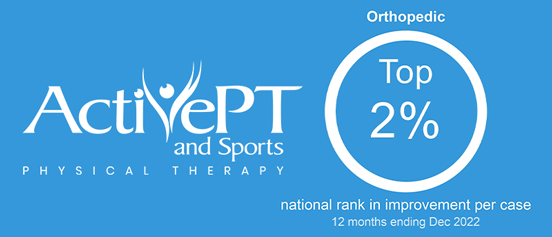By Adam Shaffer, DPT, OCS
Do you have hip pain with squatting? It turns out, you are not alone. The hip is one of the most common areas of pain with individuals who exercise. The pain is often described as a deep “pinch” in the front or back of the hip, which occurs at the bottom of the squat. This is commonly called femoroacetabular impingement or FAI. This pinch can be a result of poor mobility or stability at other areas of the body, or based on the anatomy of the hip. Due to the fact that the hip joint is a ball and socket joint, it is important to have a combination of flexibility and stability throughout the body to perform a squat without pain.
Potential Causes Hip Impingement
Ankle stiffness
The flexibility of the ankle is one of the most important factors that can lead to hip impingement. If there is stiffness with bending the ankle, your body will compensate by leaning forward at the hip to stay balanced.
Hip flexibility
In order to fully squat without pain, there is a certain amount of hip flexibility that is required. If the hip is too stiff, there may not be enough room in the hip joint to allow for proper joint mechanics. Conversely, if the hip has too much flexibility, the muscles will have more difficulty controlling the squat.
Poor core stability
Poor core stability during a squat presents itself as excessive arching of the low back throughout the squat. The body will naturally go into a position that is easiest for it to move through. In this situation, if the core is having difficulty bracing, the low back will arch. This excessive arching of the low back tilts the pelvis forward, which leads to impingement of the hip joint. This is typically revealed during video analysis of the squat.
Screening
Ankle dorsiflexion test
With your shoes off, place your toes 4 fingerbreadths from the wall. Keep your heel on the ground and attempt to touch your knee to the wall. If your knee can not touch the wall, with the heel on the ground, then your ankle would be considered stiff and could benefit from mobility drills.

Hip Scour Test
This test tells you what position will likely be the most comfortable while squatting. While laying on your back, bring your one knee toward your chest. In this position, gently swing your knee in and out until you find the most comfortable position.
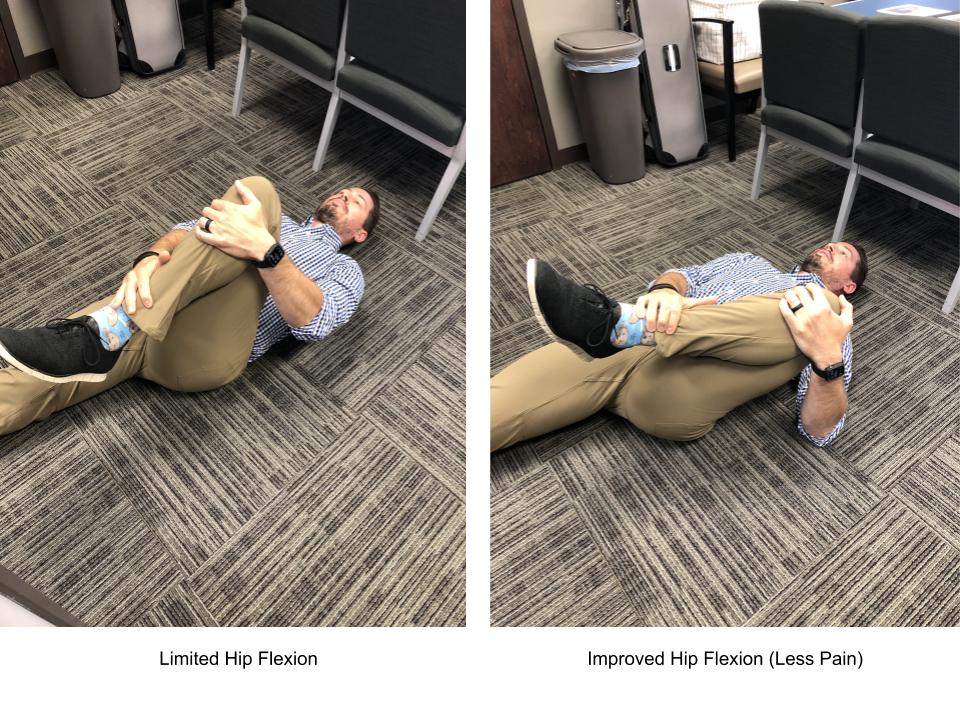
The great news is that this pain does not have to limit you from reaching your goals. At ActivePT we will fully assess the issues you are experiencing, and work with you to decrease your pain, keep you training, and help you reach your goals!
Is hip pain affecting your lifting? Our lifting injury experts are here to help. If you are dealing with a lifting injury or interested in improving your lifting performance, contact us today for a free 15-minute screening appointment in person or via live video to get your questions answered quickly.
Adam Shaffer, DPT, OCS, Cert. DN, CSCS, Cert. CFMA
